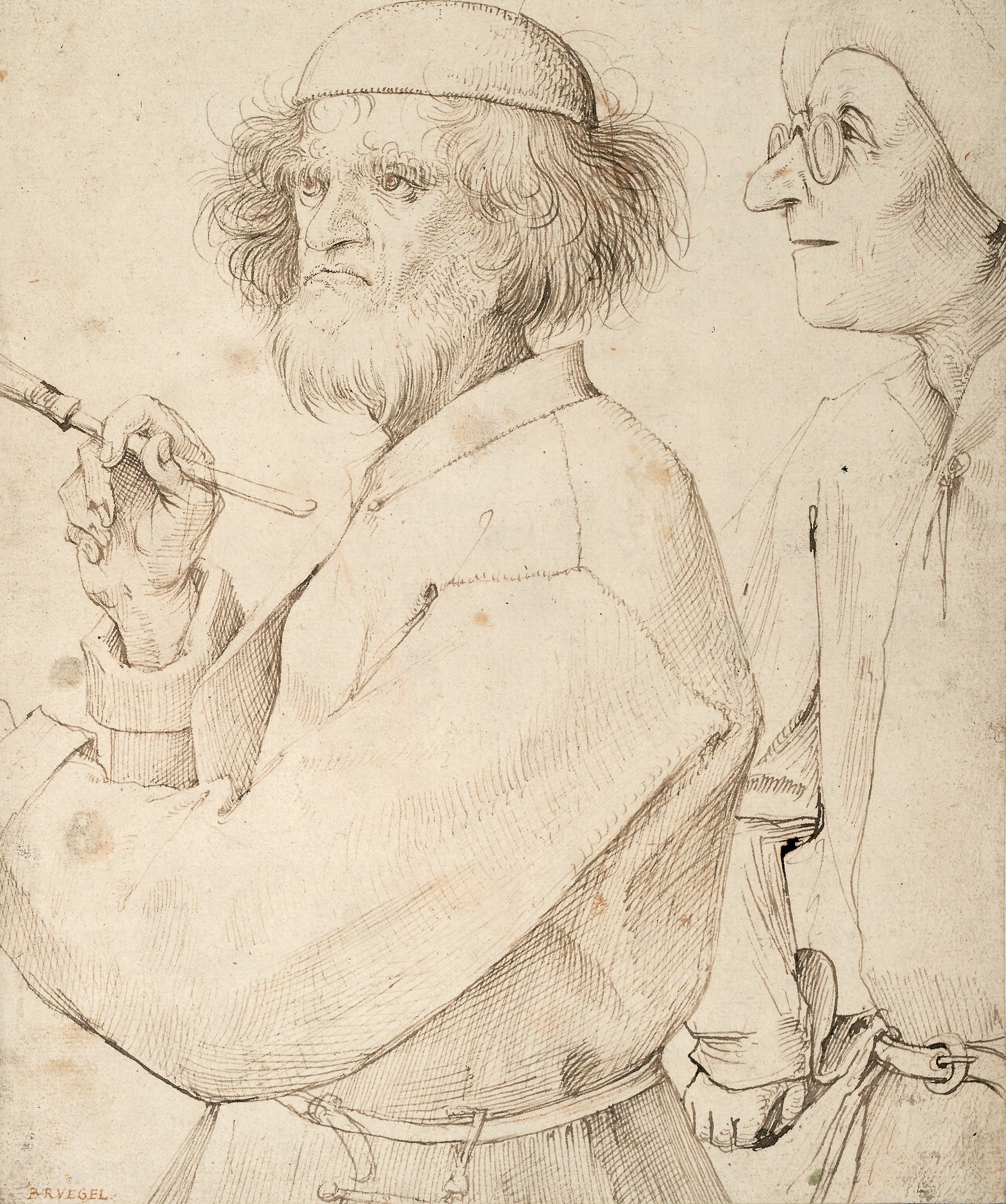We present today's painting thanks to Kunsthistorisches Museum in Vienna where you now can visit the world's first ever major monograph of Pieter Brueghel the Elder. About half of all the extant works by Pieter Bruegel the Elder are on view there. It's a must-see for all art lovers—but if you can't be in Vienna, today and for the next two Sundays you can see him in DailyArt. :) Last Sunday we presented another Tower of Babel (the Vienna version) created by Bruegel. Yes, there are two versions! Today we can enjoy the Rotterdam version.
Although the panels in Vienna and Rotterdam depict the same topic within highly similar settings, the differences between the two works are surprisingly large. They differ strongly in scale, the surface of the panel in Vienna being approximately four times larger than the one in Rotterdam. There are differing viewpoints for both compositions: the Vienna tower can be seen into from above while the horizon in the Rotterdam panel is placed significantly lower. The figures in the left foreground in the Vienna panel, often identified as Nimrod and his retinue, are not depicted in the Rotterdam version.
The core of the Vienna tower is apparently a colossal natural rock that is being transformed into a giant structure built by man, while the Rotterdam tower appears to be entirely man-made. The color schemes of the works reflect these differences; there are generally more earth tones used in the Vienna tower with its stone-clad outer shell, while the Rotterdam tower is made out of bricks and has stronger but darker colors, resulting in greater contrasts and a more ominous presence. The right side of the Rotterdam tower is cast in a deep shadow by the dark cloud above it, while two strongly colored vertical bands indicate the hoisting zones for the red bricks and the white lime for the mortar. The Rotterdam tower is closer to being completed, and unlike the Vienna tower, its continuous ramp is an actual roadway that spirals to the top, serving as a compositional exoskeleton. Although the Rotterdam structure appears to be the more organized, it shows much more variation in the number, size, and form of the arches in its facade.
See you tomorrow! :)


 Pieter Bruegel the Elder
Pieter Bruegel the Elder